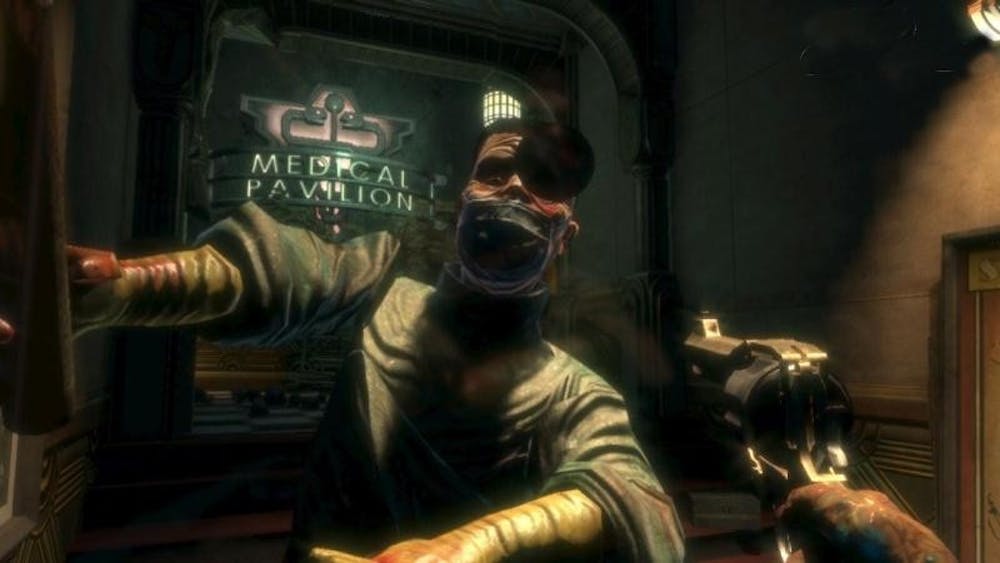Roger Ebert wrote a blog post last April titled “Video games can never be art” and instantly set the internet ablaze.
Gamers rallied to defend their medium, and eventually Ebert posted another column where he admitted his mistake. “I would never express an opinion on a movie I hadn’t seen. Yet I declared as an axiom that video games can never be art,” wrote Ebert. At this point the damage had been done, and the debate over whether or not video games can be art had more fuel added to the already roaring fire. Gamers fought tooth-and-nail to defend their pastime as art, forgetting that games are about having fun.
A quick glance at the top selling games of 2009 shows “Call of Duty: Modern Warfare 2,” “Madden NFL 10” and “Halo 3: ODST” were among the top sellers. These games are all hugely popular for their gameplay, not for being works of art. Players ultimately flock to those games that present strong gameplay. Games with strong gameplay can go on to become immortal, such as “Super Mario Bros. 3,” while those without it are doomed to obscurity.
The most important aspect of a video game is the gameplay; that is where the developer should focus rather than on trying to make some big artistic statement with their games.
“BioShock” was one of the more recent, and more commercially successful, “art” games. “BioShock” received universal critical acclaim upon its release, but most of that acclaim was directed toward its story and atmosphere, not its gameplay. It was lauded for its presentation of Ayn Randian objectivism. Without those nods, “BioShock” wasn’t a fantastic game. It was a good, not great, shooter which borrowed almost all of its gameplay straight from its predecessor “System Shock 2.” Standing up on its gameplay alone, it falls flat behind “Call of Duty 4: Modern Warfare,” another shooter released just three months later.
Bungie said it best when it revealed its “30 seconds of fun” philosophy on development. The basic idea is that if it can continually recreate the same 30 seconds of fun without boring the player, then the it has made a good game. Fun games, from “Super Mario Bros.” to “God of War,” all excel because they can give the player the same feeling of fun for the entire course of the game.
The problem with these “artistic” games is the developers too often forget they are still making video games. Their ultimate priority should be to deliver a top notch gameplay experience. In the future, games might be able to effectively meld gameplay and artistic vision together, but it hasn’t happened yet. At best, the artistic statements and elements seemed tacked on and unnecessary to the experience, and at worst, those elements are used to cover up lackluster gameplay.
As gamers and developers continually push for more respect for video games, don’t forget to ask one question — what is wrong with games just being games?
Games first, art second

Get stories like this in your inbox
Subscribe





